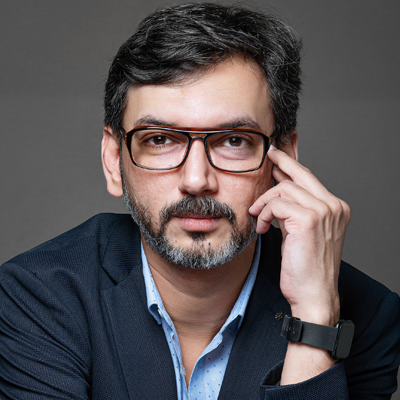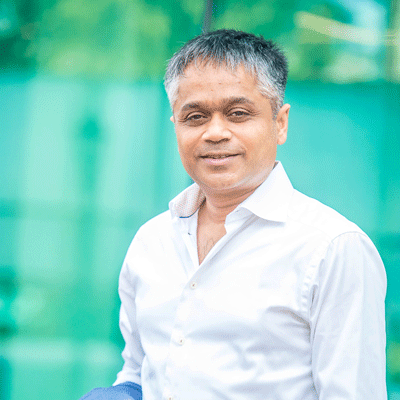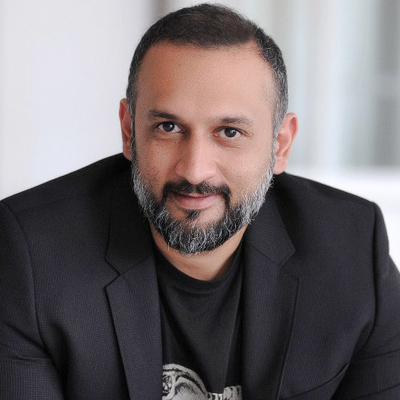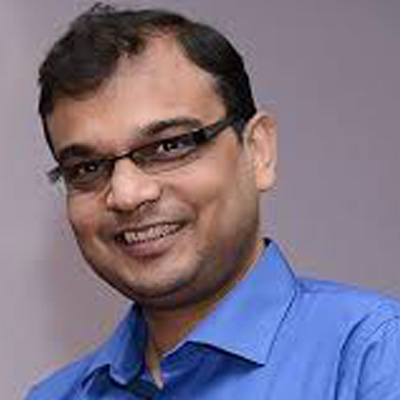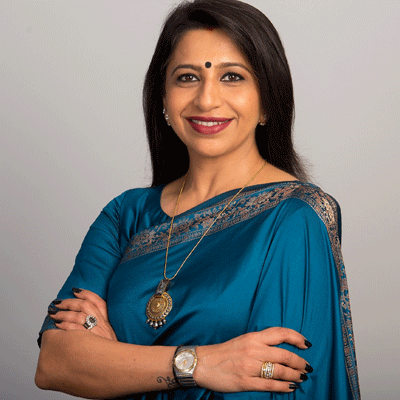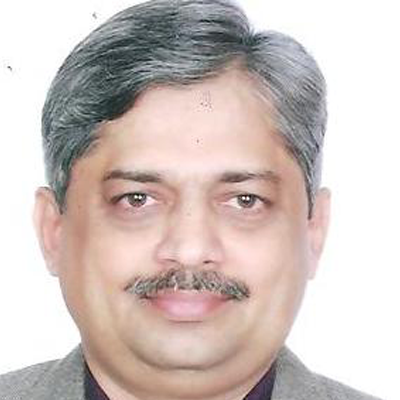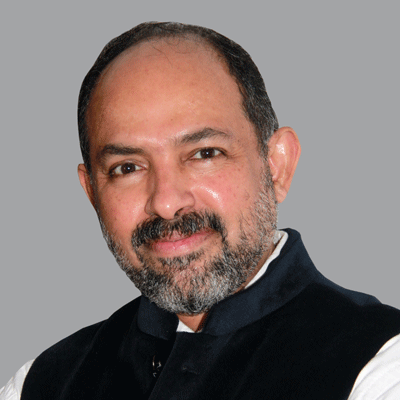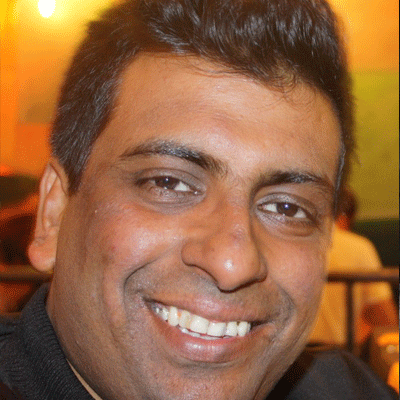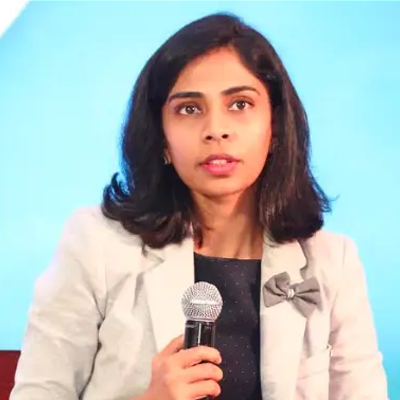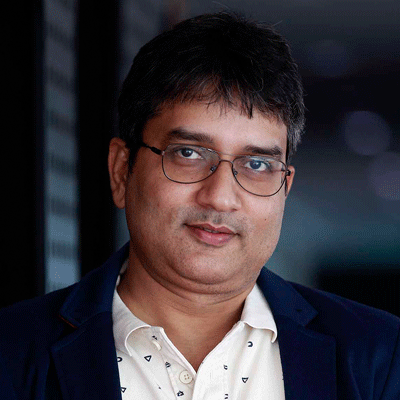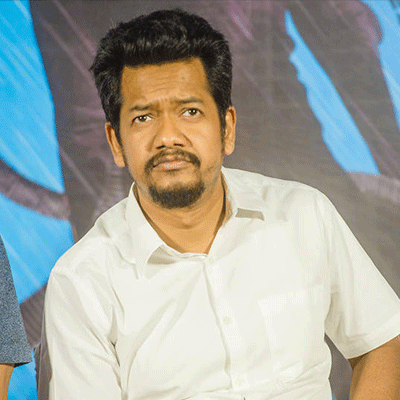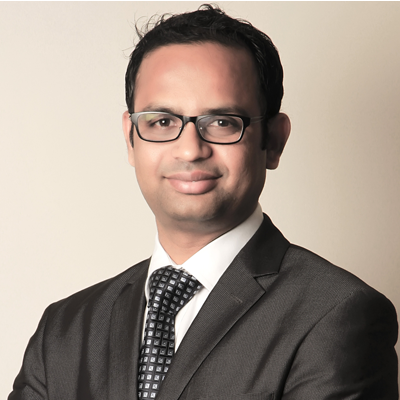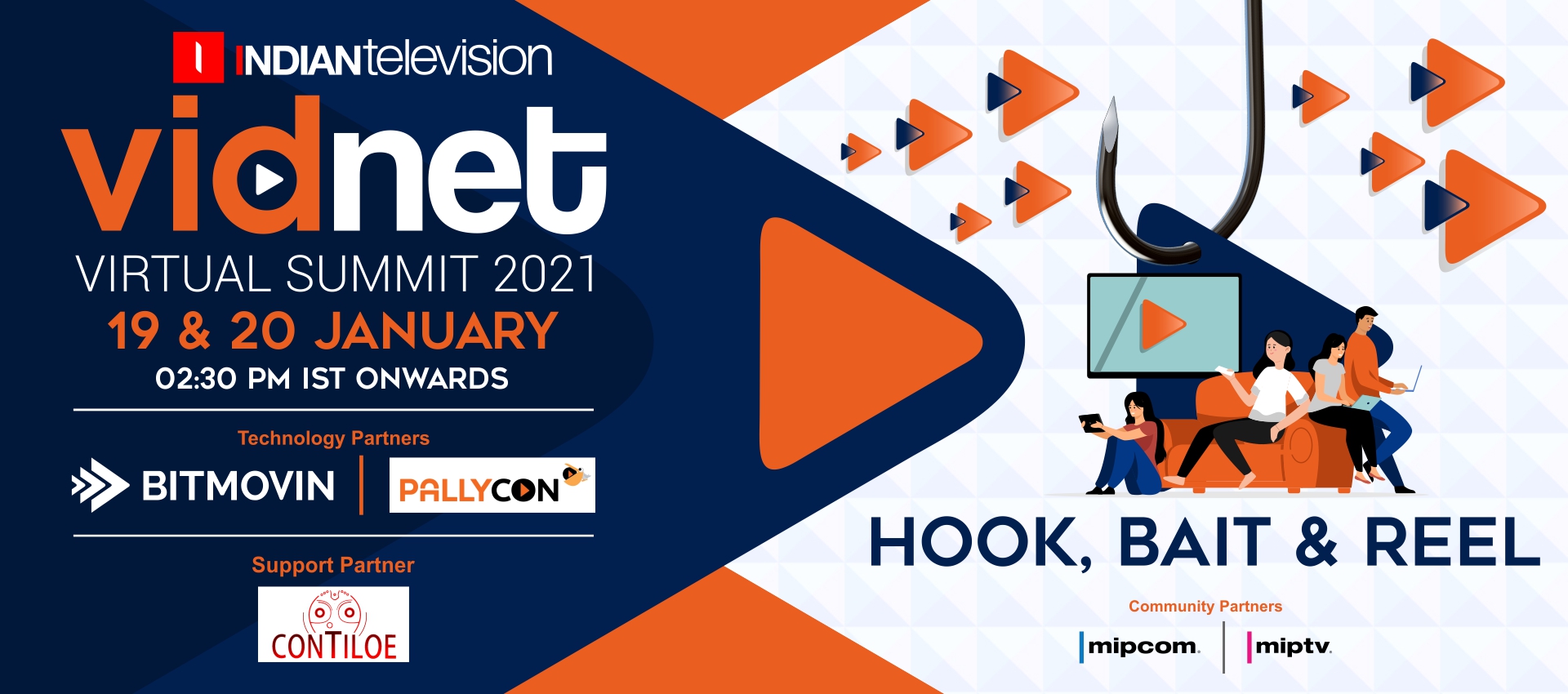
The pandemic has allowed an increasing number of consumers to sample OTT platforms in India, while for the early adapters these have become a habit. Watch times and daily actives have soared as the streamers have penetrated down the population strata. AvoD services are continuing to see increased consumption, while SvoD services have found their level in terms of paying subscribers.
As compared to earlier, where streaming was primarily an individual activity, it has become a family activity with more and more consumers still homebound, and sales of connected TVs and devices going through the roof. Releases of premium originals continued at regular intervals, despite the pandemic and lockdown. Additionally, with theatres being shut, some film makers took the route of releasing films direct consumers via OTT platforms, which have been attempting to encourage transactional consumption amongst users.
Premium originals are no longer the domain of Netflix and Prime Video alone. A new breed of producers has emerged serving the needs of domestic platforms like Zee5, SonyLiv, MX player, Aha, Hotstar, AltBalaji, and ErosNow. The gap of creative talent to deliver on the shows has been plugged.
Challenges continue for the sector. A large part of the 20 million or so paying OTT subscribers have got their subscriptions through bundles with either broadband, device manufacturers, telephony providers and video distribution platforms like DTH and cable TV companies. Which means the OTT platforms are sharing revenues with limited amounts coming to their tables. ARPUs definitely have room to grow.
The threat of regulation continues to hang over the heads of the platforms with consumer complaints rising against edgier and risqué scenes in shows. The industry has put in place a mechanism to address the complaints, which is a step in the right direction.
What may hamper OTT platforms going into next year, is the lack of sufficient content in their pipelines, unless of course they can accelerate the productions in development. On the technology front, the streamers are looking at better ways to serve the needs of consumers who are more aware and experienced, whether it is through better UI and UX, AI and ML, and the use of analytics to ensure they optimize their costs. The domestic streamers have also been expanding their services to offer user generated content verticals – which have been set up to fill the gap created by the ban of TikTok.
What is the way forward for the major players: will advertisers and advertising step up? Will ARPUs rise? Where will the next set of users come from? Vidnet will bring together the major stakeholders of the ecosystem: tech, content, platforms, telcos, distribution platforms, to discuss the way forward.














